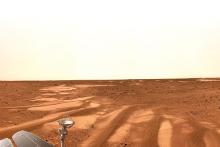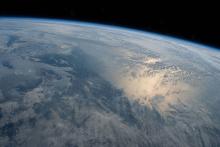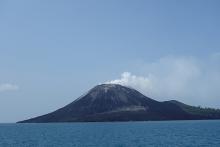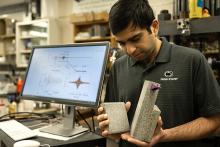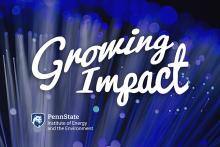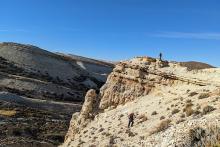Mars may have once been home to sun-soaked, sandy beaches with gentle, lapping waves according to a new study published today (Feb. 24) in the Proceedings of the National Academy of Sciences (PNAS).
Three faculty from Penn State’s College of Earth and Mineral Sciences (EMS) have been elected to the National Academy of Engineering
Humanity may not be extraordinary but rather the natural evolutionary outcome for our planet and likely others, according to a new m
Penn State’s Sustainable Labs Program ushers participating labs through a yearlong certification process, guiding them in implementing sustainable practices across multiple domains, including energy efficiency, waste reduction, water conservation, green chemistry and sustainable purchasing. The program will host a virtual information session from 9:30 to 10:30 a.m. on Tuesday, Feb. 18, and from 11 a.m. to noon on Friday, Feb. 21, for those interested in learning more or applying for the next cohort.
In 2018, the side of the Anak Krakatau volcano collapsed in a powerful eruption and produced a tsunami that killed hundreds and injured thousands on nearby Java and Sumatra in Indonesia. A new analysis of satellite data showed the mountainside was slipping for years and accelerated before the eruption — information that could have potentially offered a warning of the collapse.
By refining an artificial intelligence approach to predicting earthquakes in the laboratory, or labquakes, engineers at Penn State are paving the way to one day help forecast natural earthquakes.
The latest episode of “Growing Impact” delves into research using fiber optic cables to monitor environmental changes and seismic activity. Originally funded by a 2019 Penn State Institute of Energy and the Environment (IEE) seed grant, this project explores how fiber optic technology can detect hazards like flooding and sinkholes, with significant implications for geoscience and public safety.
How far would leaf-eating insects go to dine on their favorite food? Perhaps the other side of the world, according to researchers at Penn State who found insect damage on fossil leaves from South America that is nearly identical to what is seen today on those trees’ living relatives in Australia.


